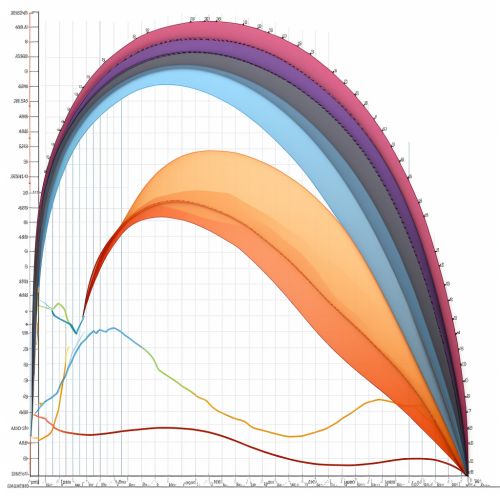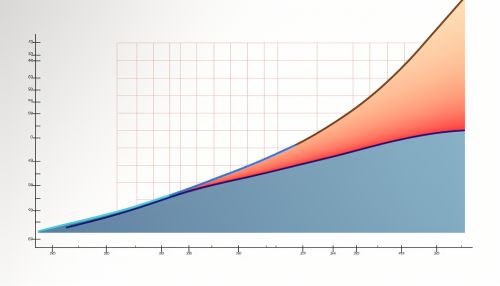Partition function (statistical mechanics)
Introduction
The partition function, denoted as Z, is a mathematical tool used in the field of statistical mechanics, which is a branch of physics that uses statistical methods to explain the behavior of a large number of particles in a system. The partition function is a function of temperature and other parameters, such as volume and number of particles, and it is used to calculate the thermodynamic properties of a system.


Definition
The partition function is defined as the sum over all states of a system, of the exponential of the negative of the energy of each state divided by the product of the Boltzmann constant and the temperature. Mathematically, it is expressed as:
Z = Σ e^(-E_i/kT)
where: E_i is the energy of the i-th state, k is the Boltzmann constant, and T is the temperature.
Importance in Statistical Mechanics
The partition function plays a central role in statistical mechanics. It serves as a link between the microscopic properties of individual particles in a system and the macroscopic properties of the system as a whole. By calculating the partition function for a system, one can derive all the important thermodynamic quantities, such as energy, entropy, and pressure.
Calculation of Partition Function
The calculation of the partition function involves summing over all possible states of a system. This can be a daunting task, especially for systems with a large number of particles. However, there are several techniques that can simplify the calculation. One common approach is to use the canonical ensemble, a statistical ensemble that represents all possible states of a system at a fixed temperature.
Applications
The partition function is used in a wide range of applications in physics and chemistry. It is used to calculate the thermodynamic properties of gases, solids, and liquids. It is also used in the study of phase transitions, such as the transition from a liquid to a gas, or from a solid to a liquid. In addition, the partition function is used in the field of quantum mechanics, where it is used to calculate the statistical properties of quantum systems.
